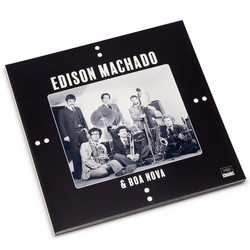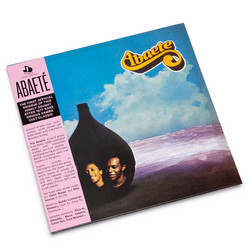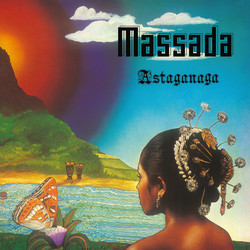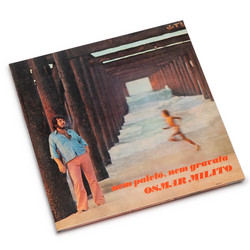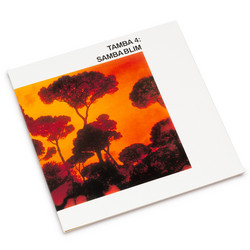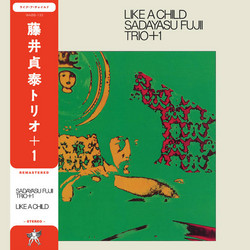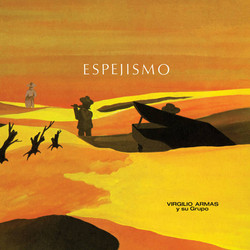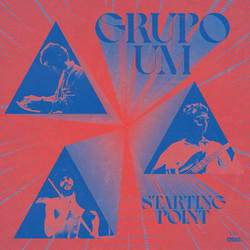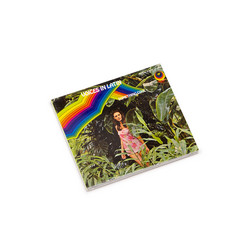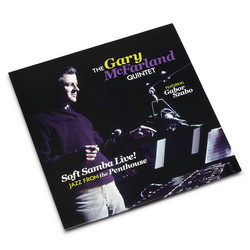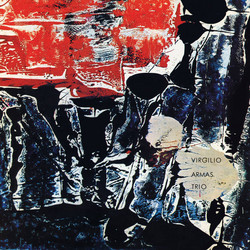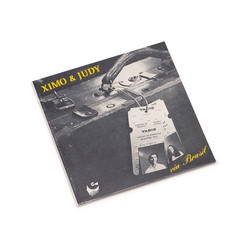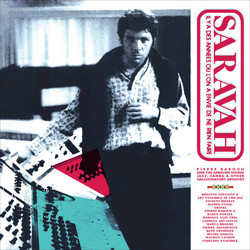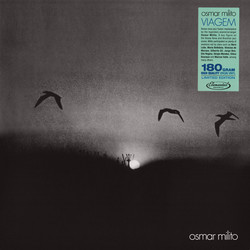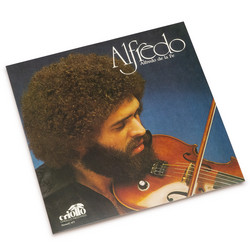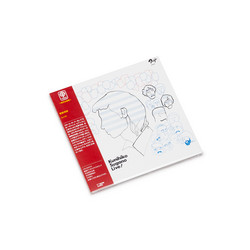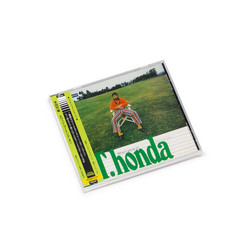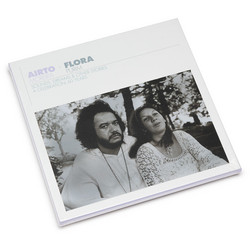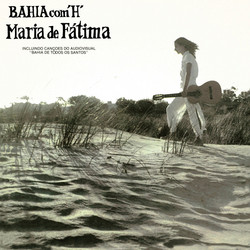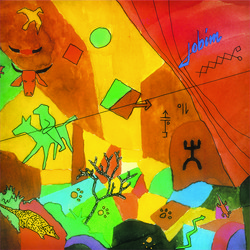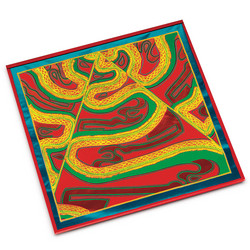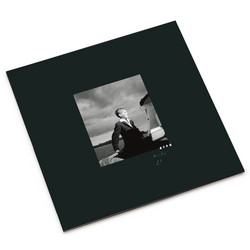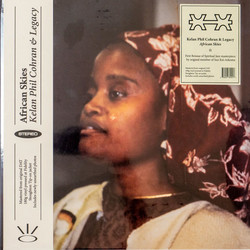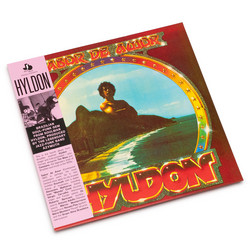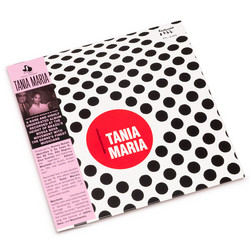With their eponymous 1967 release, Quarteto Novo condensed the pulse of northeastern Brazil into an acoustic format, infusing jazz improvisation with the earthy insistence of baião and rural folk traditions. The ensemble—Theo de Barros (bass, guitar), Heraldo do Monte (viola caipira, guitar), Hermeto Pascoal (flute), and Airto Moreira (percussion)—crafted an album whose signature is a seamless dialogue between Brazilian forms and jazz vocabulary, producing a work whose resonance extends far beyond its thirty-minute runtime. From the brisk, choro-inspired opener to more modern jazz explorations and forro-inflected passages, every track is marked by a confident fluidity and mutual responsiveness. The album not only initiated the recording careers of its young members but also established a new direction for Brazilian instrumental music. Its organic sound—rooted in acoustic instrumentation and developed through collective intuition—laid the groundwork for subsequent generations, influencing both local traditions and major international artists drawn to its rhythmic complexity and melodic invention.
Freshly reissued after decades out of print, Quarteto Novo is revered for its cultural import, not as a museum piece, but as a living testament to the enduring power of collaboration and cross-pollination. Each listen reveals the album’s bold synthesis—radical in its ambition, unpretentious in its execution—where folk purity courses alongside sophisticated harmonic interplay. The resulting blend is both pastoral and daring, with “long streamers of joy flowing behind,” as described by NPR. Musically, the album’s eight tracks traverse landscapes both familiar and novel, illuminating the idioms of Brazil while offering fertile ground for improvisation. Its influence on jazz and popular music, domestically and internationally, is widely recognized, signaling a shift that would reverberate across decades. As a document, Quarteto Novo remains essential for lovers of jazz, samba, and the evocative power of collective creation—its legacy sustained in the hands and imaginations of those it inspired.
